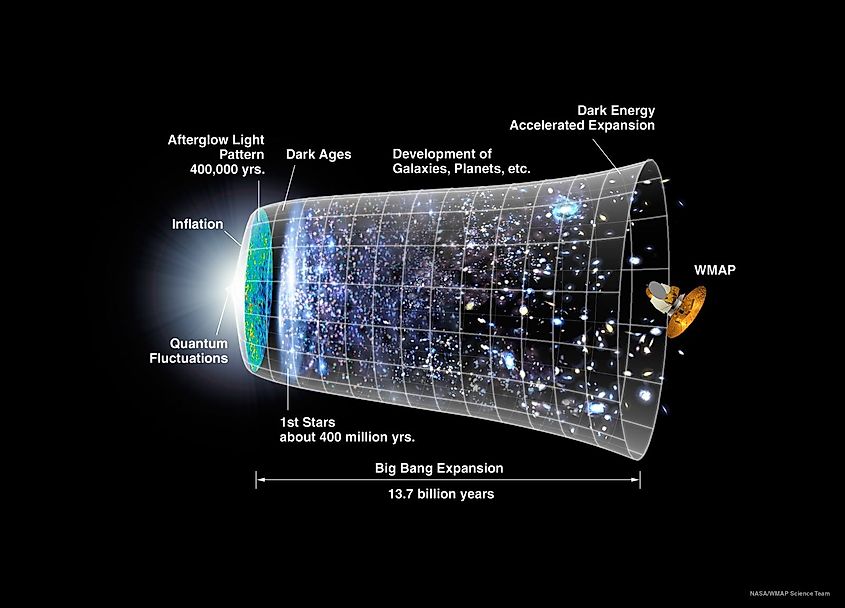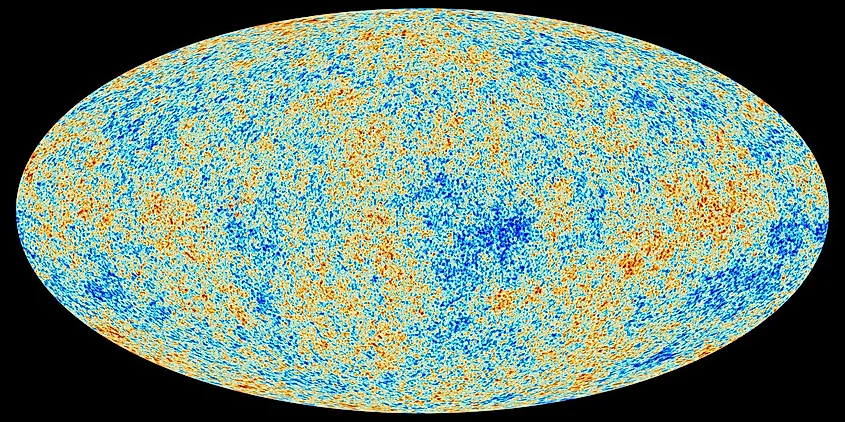
What Is Cosmic Inflation?
Economic inflation gets a lot of attention online, but cosmic inflation, not as much. Cosmic inflation refers to a period in cosmic history shortly after the Big Bang, wherein the universe expanded faster than it has since. The inflationary era was perhaps one of the most critical eras in cosmic history, having set the groundwork for the formation of the first stars and galaxies. What is cosmic inflation?
The Early Universe

Cosmic inflation began shortly after the Big Bang. Around 13.8 billion years ago, the universe burst into existence, and space and time were born. The universe began to expand immediately, and within the first second of time, the universe expanded many trillions of times larger than its original size. Inflation began a mere 10^-36 seconds after the Big Bang (a decimal followed by 38 zeros) and lasted until 10^-32 seconds. That amount of time is unbelievably minuscule, yet it was one of the most important moments of time in cosmic history. During that fraction of a second, the universe expanded by an estimated factor of 10^27 times (a one followed by 27 zeros). It would be like the Earth expanding to become the size of the observable universe in less than a second. The exact causes of inflation are unknown, yet it was likely due to an immense amount of pent up potential energy suddenly being released and high concentrations of dark energy, which we know today to be the cause of the universe expanding.
Effects Of Inflation

What makes cosmic inflation so important? If it were not for inflation, there was a high probability that the universe may have collapsed in on itself, never expanding to become the universe we now live in. Inflation also caused the universe to cool down faster than it otherwise would, eventually allowing for the formation of the first atoms. Furthermore, inflation broke the symmetry of the early universe, which eventually led to the formation of the first stars and galaxies. After the Big Bang, the universe was perfectly uniform, with the density of space being equal across the cosmos. However, inflation broke this uniformity by causing quantum fluctuations to occur at a larger scale than they otherwise would. Quantum fluctuations are constantly occurring, yet they happen at such small scales that we simply do not notice them. However, under the extreme amounts of energy during inflation, quantum fluctuations could occur on a macroscopic scale. These fluctuations broke the symmetry of the early universe, causing some areas to become denser than others. Areas of high density would eventually become the birthplaces of the first stars and galaxies.











